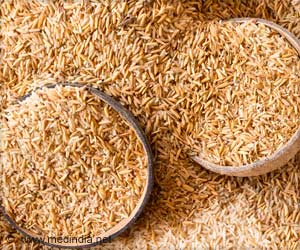New York saw the largest estimated reduction, with 11.7 fewer COVID-19 deaths per 10,000 adult residents. Hawaii observed the smallest reduction, with 1.1 fewer COVID-19 deaths per 10,000 adult residents.
The study, published in the journal Health Affairs, is one of the first to provide an assessment of the impacts of state-level vaccination campaigns to address the COVID-19 pandemic.
“This study brings into focus the dramatic success of the early months of the nation’s coronavirus vaccine rollout,” said Christopher Whaley, senior author of the study and a policy researcher at RAND, a nonprofit research organization.
“The findings provide support for policies that further expand vaccine administration to enable a larger proportion of the nation’s population to benefit.”
The coronavirus pandemic has caused enormous suffering, causing more than 4.3 million deaths worldwide and more than 600,000 in the U.S.
While access to and use of vaccines has varied substantially across states and sub-populations during early stages of the vaccine campaign in the U.S., COVID-19 case numbers and deaths have fallen sharply since vaccination programs began.
Researchers from RAND and Indiana University created models to estimate the number of COVID-19 deaths that would have prevailed in the absence of vaccinations. The difference between the actual number of deaths and those estimates provides a measure of the number of COVID-19 deaths averted by the vaccination campaign.
Information about vaccine doses administered in each state came from the Bloomberg COVID-19 Vaccine Tracker, and data on COVID-19 deaths for each state came from The New York Times’ Coronavirus (COVID-19) Data in the United States database. The study spanned the period of Dec. 21, 2020, to May 9, 2021.
State-level progress in vaccination varied over time. Alaska was the first to reach 20 doses per 100 adults on Jan. 29, 2021, while Alabama was the last on Feb. 21, 2021. On May 6, 2021, California was one of the first to reach 120 doses per 100 adults and many states have still not reached that milestone.
The economic value of the lives saved during the study period is estimated to be between $625 billion and $1.4 trillion. Through the end of 2020, the U.S. federal government had allocated $13 billion dollars for vaccine development and manufacturing.
“Our results suggest that further efforts to vaccinate populations globally and in a coordinated fashion will be critical to achieving greater control of the COVID-19 pandemic,” said Sumedha Gupta, first author of the study and an economist at Indiana University-Purdue University Indianapolis.
Source: Eurekalert



